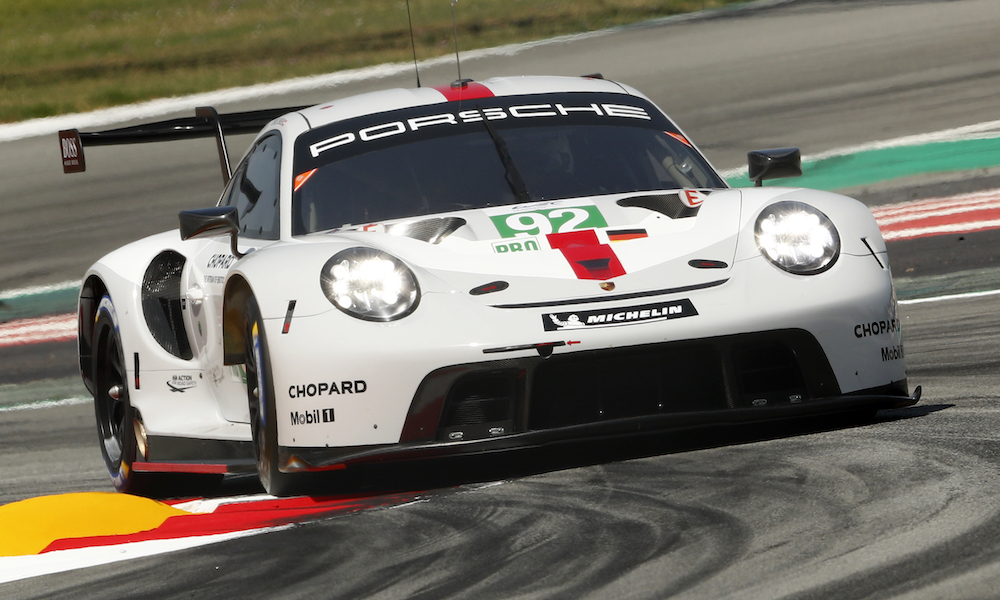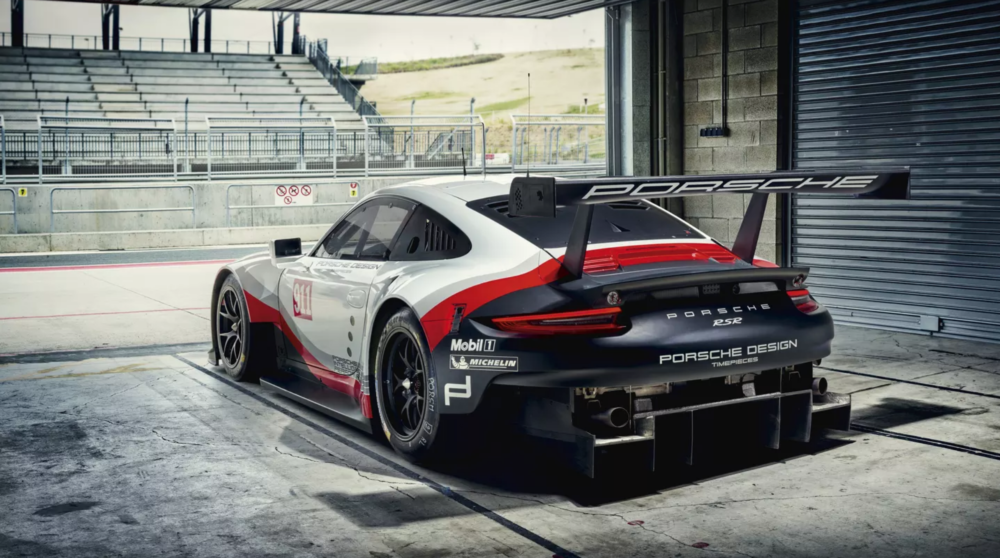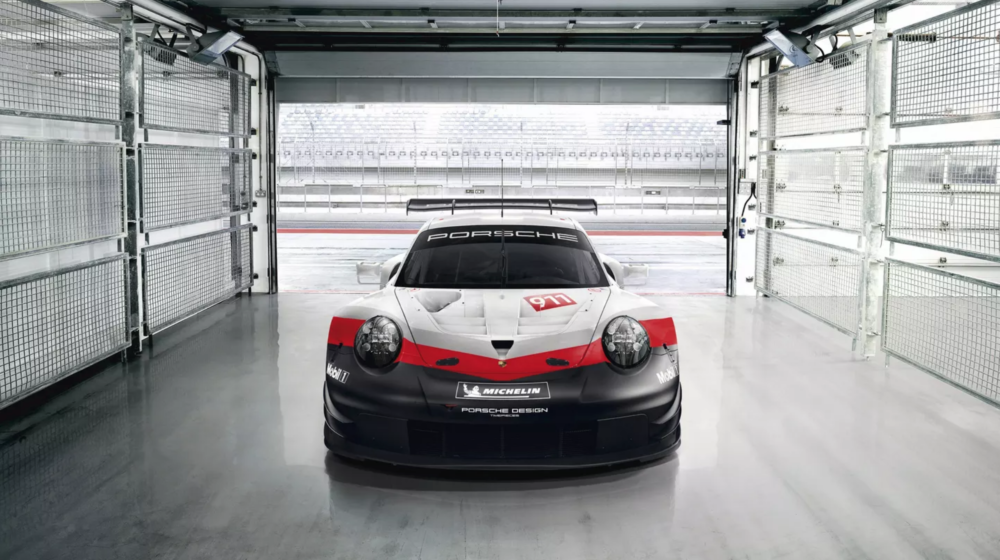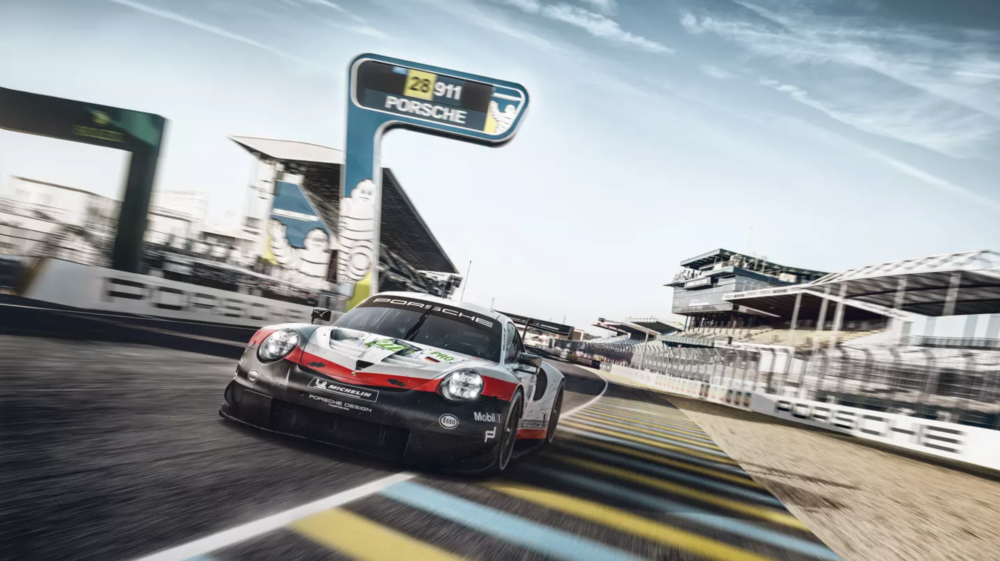Inside the Grueling Design Process of the New Porsche 911 RSR
New and improved Porsche 911 RSR is nothing like its previous incarnation, sharing only 5% of parts.
As with designing any all-new racing platform; higher performance, better balance, and added speed are critical to progress. Even more so for the design team at Porsche. However, improving on the already wildly successful 2017 Porsche 911 RSR in the middle of the race season is quite the task for engineers and drivers alike.
The 2017 911 RSR dominated on the track by offering divers impressive performance and predictability. Key wins for the 2017 model include victories at Daytona and Le Mans, and a first and third-place finish in the World Endurance GTE Drivers’ Championship for the 2018-19 season. But for the current-gen RSR Porsche opted for an all-new setup, retaining a mere 5% of the previous RSR’s parts.
When asked by Sportscar365 about their thoughts on the design process of the new 2019 Porsche 911 RSR, GTE drivers Richard Lietz and Michael Christensen had plenty to say.
Leitz found the process of improving to be particularly challenging due to the already healthy balance of the previous RSR.
“Every time at Le Mans, we learned a lot about the setup, and even people thought after one year that we knew everything about it,” Leitz says. “But there are a lot of systems checks and run-time checks that you have to do even before you look into the setup.”
Leitz later expressed that the team goal is to be immediately competitive. However, doing so while learning and understanding the setup of the new RSR is sure to pose a challenge. Nevertheless, it is a challenge team Porsche believes the new 911 RSR surpass with excellence.
“For sure there was a lot of pressure, but there was also a lot of focus,” said Michael Christensen, the current defending GT world champion.
“There was a lot of focus, and we tested parallel [to the Super Season] for most of the time over the winter,” Christensen adds. “It was great, but there were a lot of people, and the engineers were not having any kind of break. Kudos to them, they did very well.”
According to Christensen, the primary challenge was time management; given the rigorous schedule of the race season.
“I did four or five days [testing]. Most of the work was done by Fred [Makowiecki] and Gimmi [Bruni], and some of us in between,” he says. “They mainly did the start, and then further down the line we all did a few test days in line with the 2017 [previous-gen] RSR to compare them.”
While not directly involved in the majority of testing sessions, Christensen managed to recognize several key differences in the new RSR. Specifically the car’s ability to grip through the corners.
“If you have a balance change through the corner, you have to correct, and you lose grip at a certain point in the corner.” Christensen explains. “That’s what has been optimized a lot…We can predict the car better and set it up better as well. If it’s more consistent, you have an easier direction in terms of setup.”
Naturally, this improvement in cornering leads to improved driver control and composure.
The new Porsche 911 RSR is 179.41 inches long, weighing approx. 2,740 lbs. Powering the vehicle is a 4.0L six-cylinder boxer engine in a mid-engine RWD layout with side-exit exhaust. Power output is rated at approx. 510 hp depending on restrictor.
The 2019 911 RSR, which debuted at this year’s Goodwood Festival of Speed, has made improvements in downforce, horsepower, torque, and cornering grip ability to name a few. Each of which should propel team Porsche to further success on the track.
Photos: Porsche




